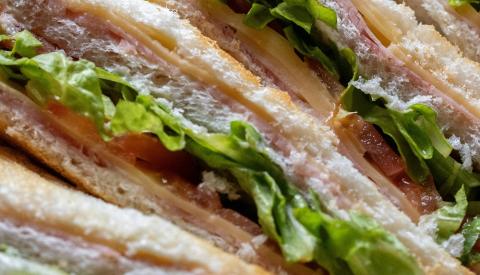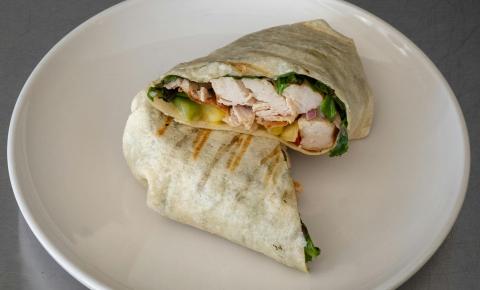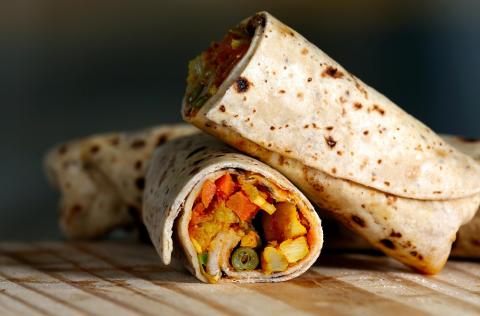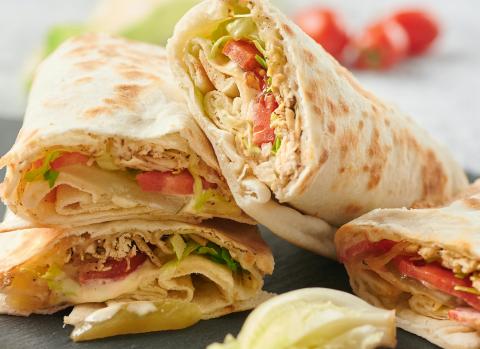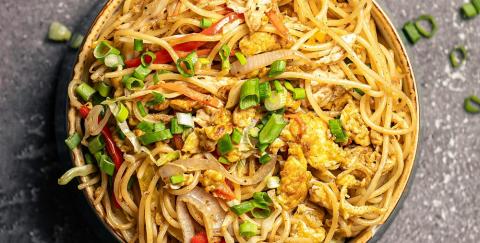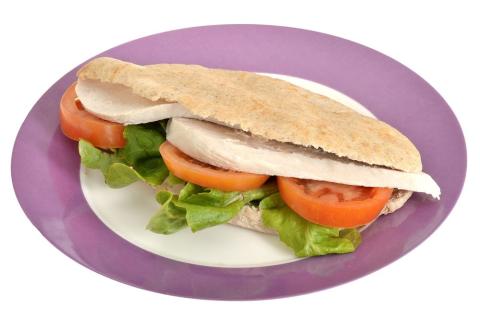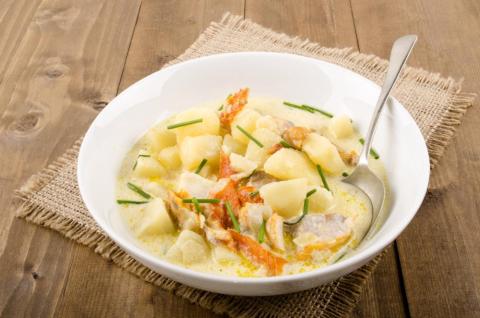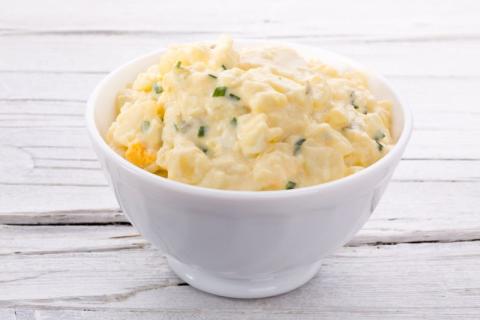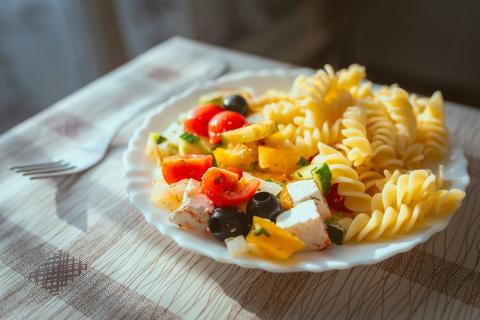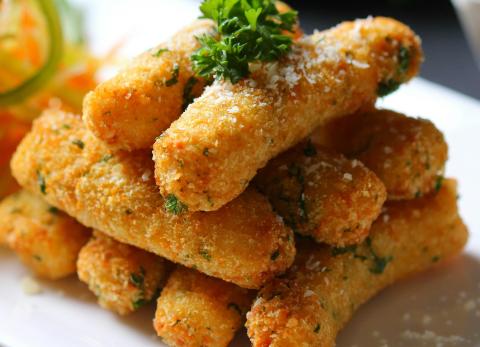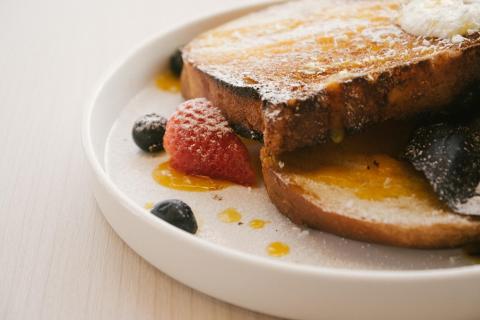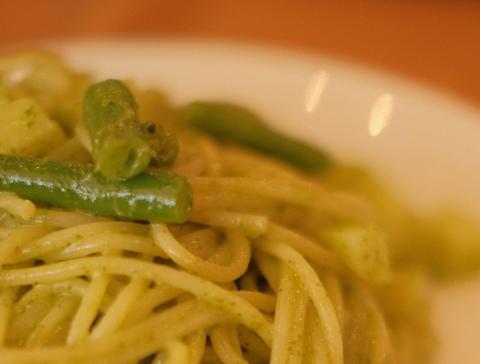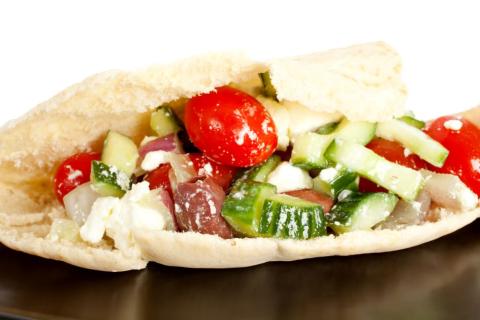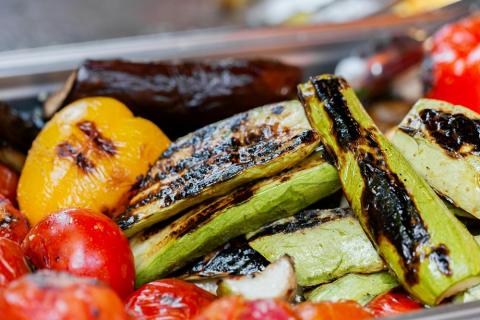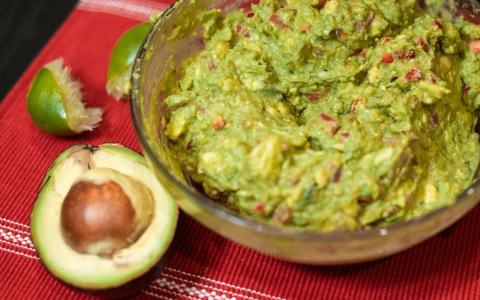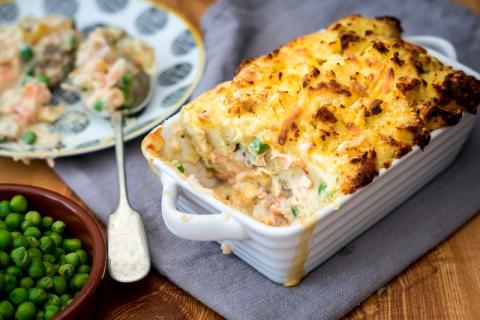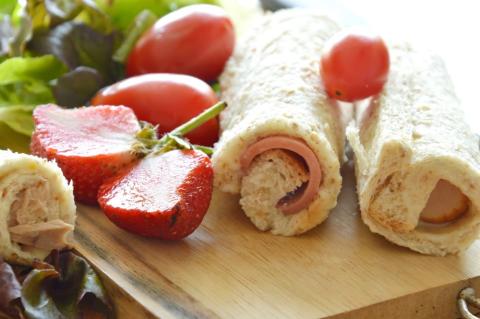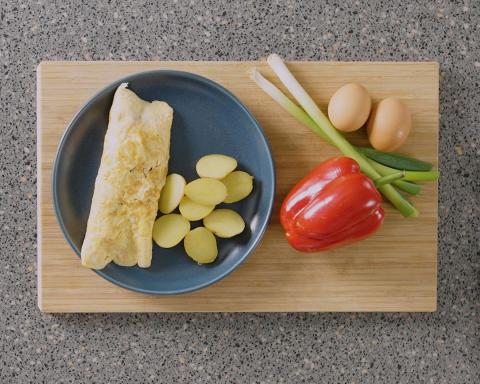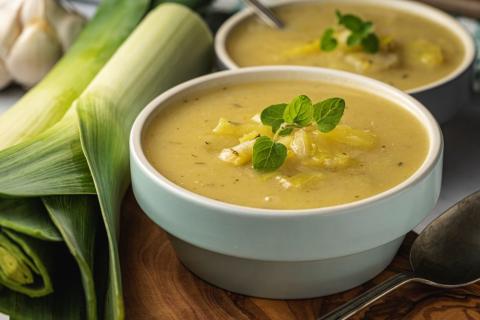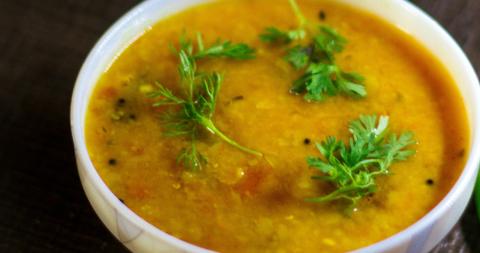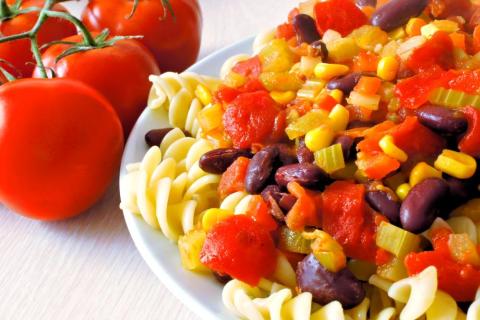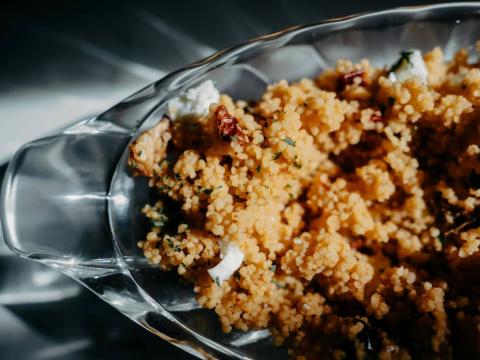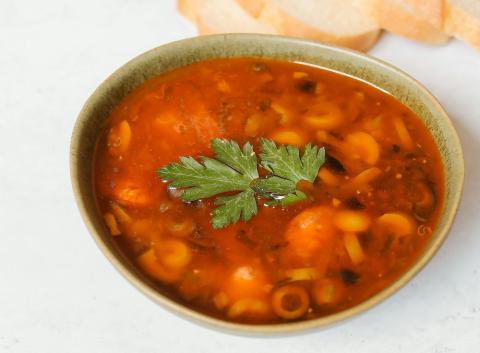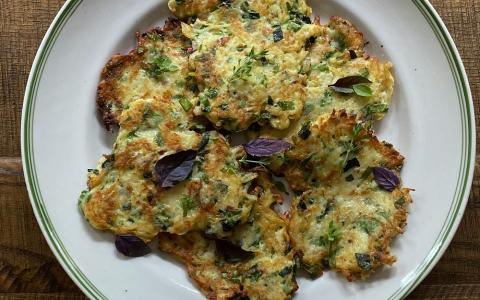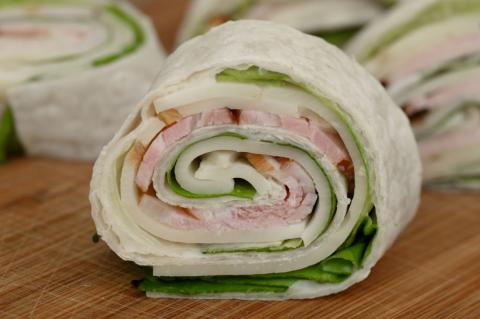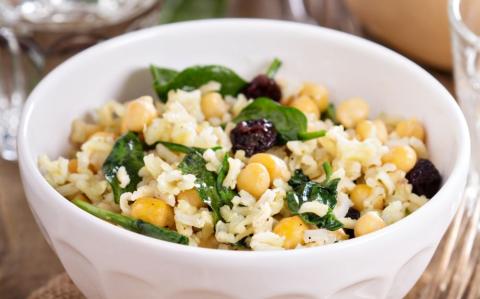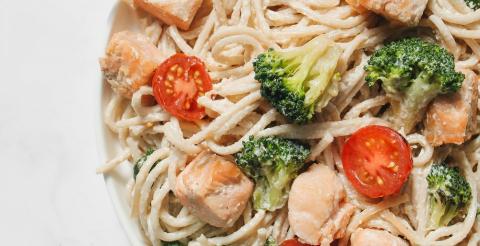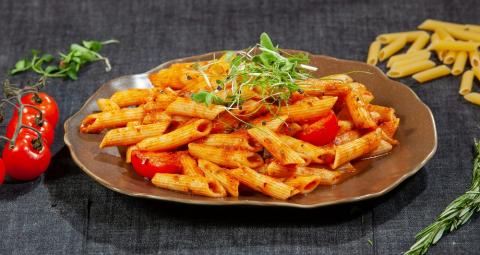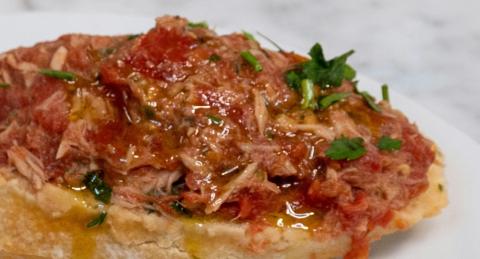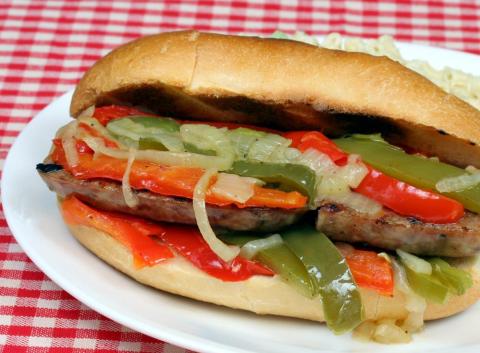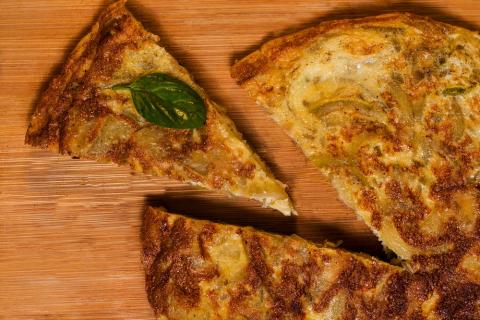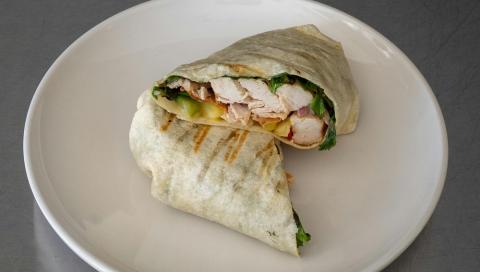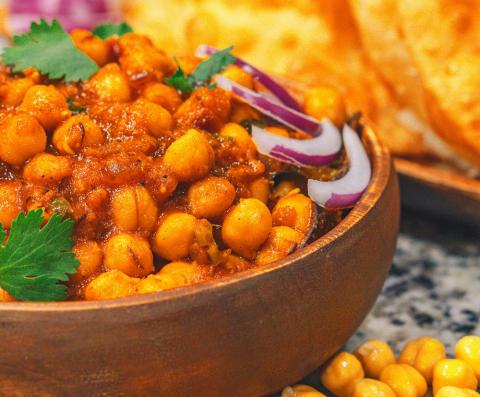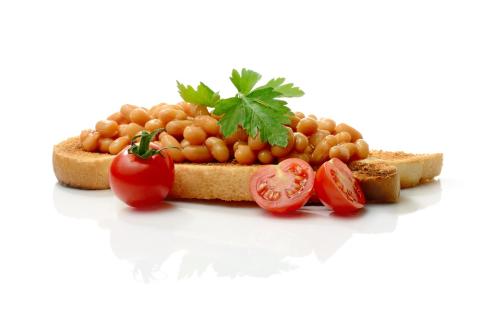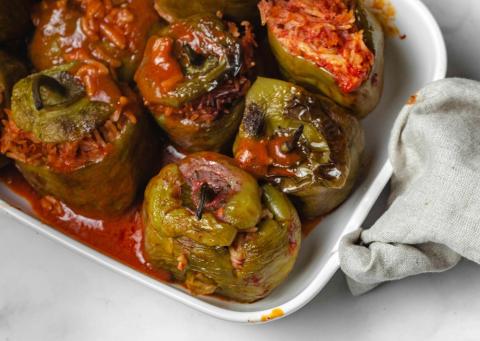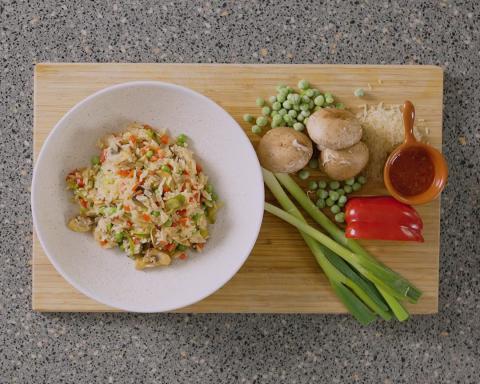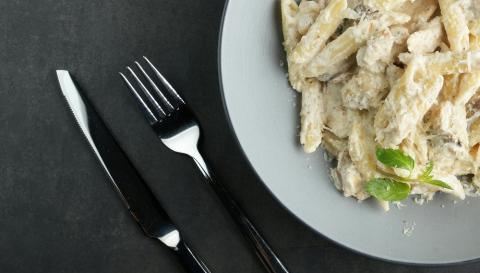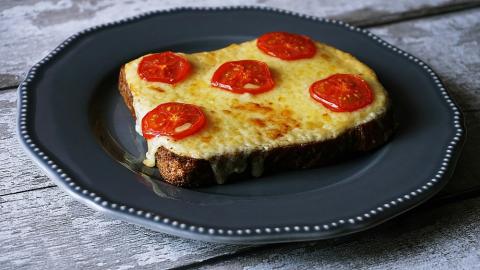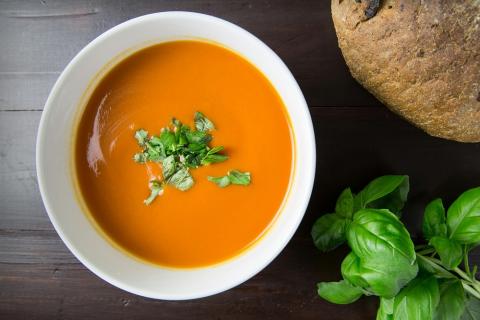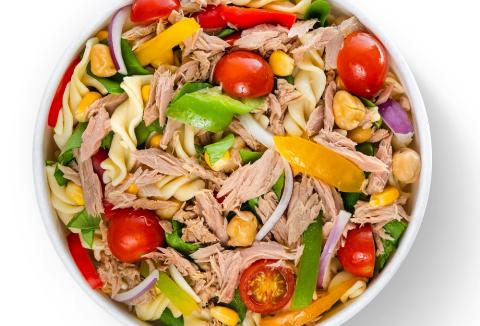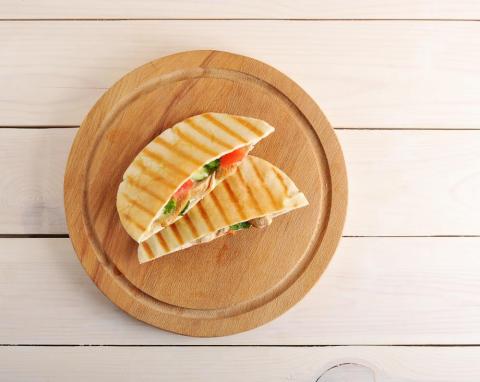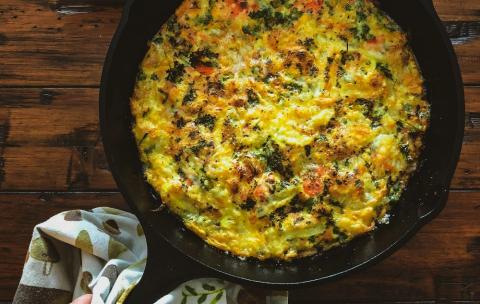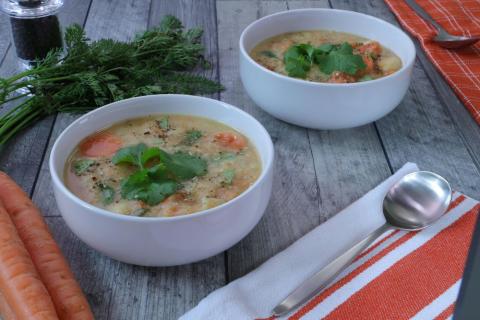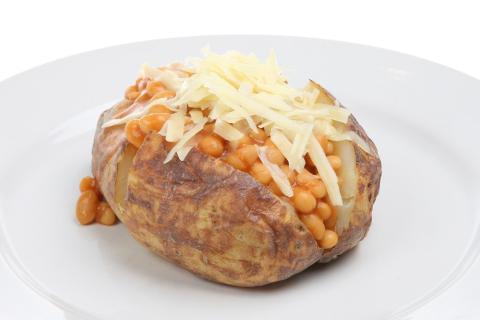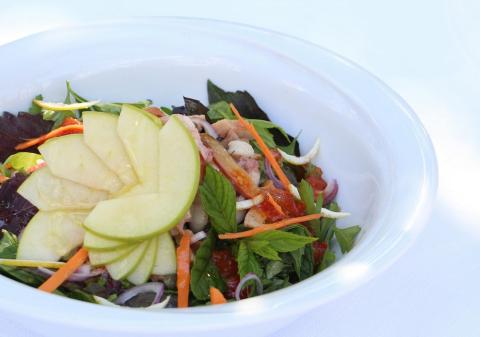- 8 Tablespoons (200g) Couscous
- 1 Reduced Salt (7g) Vegetable Stock Cube (use reduced salt whenever possible)
- 1 ½ Mugs (330ml) Boiling Water
- 4 (340g) Tomatoes
- 4 Tablespoons (120g) Sweetcorn
- ½ Tin (120g) Kidney Beans
- 8 Leaves (40g) Lettuce
- 4 (40g) Spring Onions
- 4 Tablespoons (40g) Olive Oil
- 1 Lime
- 2 (6g) Garlic Cloves or 2 Teaspoons Garlic Puree
- ½ Teaspoon (2g) Chilli Powder
- 1 Pinch Black Pepper to taste
Ingredients
Allergy Disclaimer
Always check the label of each ingredient for allergy warnings.
Method
- In a heatproof bowl, dissolve the stock cube in the boiling water.
- Add the couscous to the bowl, cover with a plate or cling film and allow to sit for 5-10 minutes.
- Rinse and chop the tomatoes, and rinse and tear the lettuce. Wash the spring onions, peeling the outer layers if necessary, and chop.
- Peel and finely chop the garlic, and add to a bowl or mug with the olive oil, juice of the lime, chilli powder and black pepper. Mix well.
- Drain and rinse the kidney beans.
- When the couscous has soaked up all the water, allow it to cool before adding the tomatoes, sweetcorn, kidney beans, lettuce, spring onions and the dressing. Mix well and serve.
Time Saver Tips
You could try making this salad ahead to keep in the fridge until you're ready to eat it.
Cost Saver Tips
This dish is a great way to use up leftover salad vegetables, so why not try using whatever you have in, like cucumber or carrots? You could even try adding some raisins or chopped apple for some extra sweetness and a different feel.
Tips for Kids
Letting your wee one choose and prepare their own salad vegetables with you is lots of tasty fun. How about challenging them to see how colourful they can make it?!
Nutritional Information
Based on a single serving of 314g (% of an adult's reference intake)
Energy
413 kcals ( 21 %)
1,748 kJ ( 21 %)
Fat
1.9 g ( 10 %)
Saturates
66 g ( %)
Sugar
6.6 g ( 7 %)
Salt
0.8 g ( 13 %)
Detailed nutritional information
| Per 100g | Per 314g serving | |
|---|---|---|
| Energy Kcals | 132 | 413 |
| Energy Kj | 557 | 1,748 |
| Protein | 4.6 g | 14.3 g |
| Total Fat | g | g |
| Saturated Fat | 0.6 g | 1.9 g |
| Carbohydrates | 21 g | 66 g |
| Total Sugars | 2.1 g | 6.6 g |
| NSP Fibre | 2.1 g | 6.7 g |
| Sodium | 103 mg | 324 mg |
| Salt | 0.3 g | 0.8 g |
Find out about nutritional labelling
Nutrition labels on the front of packaging
- Most of the big supermarkets and many food manufacturers display nutritional information on the front of pre-packed food.
- Front of pack nutrition labels provide information on the number of grams of fat, saturated fat, sugars and salt and the amount of energy (in kJ and kcal) in a serving or portion of a recipe.
- The labels also include information about reference intakes (expressed as a percentage) which are guidelines about the approximate amount of particular nutrients and energy required for a healthy diet.
- The colour coding tells you at a glance if the food has high (red), medium (amber) or low (green) amounts of fat, saturated fat, sugars and salt.
- The more greens on the label, the healthier the choice
- Amber means neither high nor low, so you can eat foods with all or mostly ambers on the label most of the time.
- Reds on the label means the food is high in that nutrient and these are the foods we should cut down on. Try to eat these foods less often and in small amounts.
Food shopping tips
If you’re trying to decide which product to choose, check to see if there's a nutrition label on the front of the pack. This will help you to quickly assess how your choices stack up. You will often find a mixture of red, amber and green colour coding for the nutrients. So when you're choosing between similar products, try to go for more greens and ambers and fewer reds if you want to make a healthier choice.
 Activities & Play
Activities & Play Behaviour
Behaviour Childcare
Childcare Development & Growing Up
Development & Growing Up Family, Friends & Relationships
Family, Friends & Relationships Feeding Your Baby
Feeding Your Baby Food & Eating
Food & Eating Health & Safety
Health & Safety Mental Health & Wellbeing
Mental Health & Wellbeing Money & Work
Money & Work Online Behaviour & Safety
Online Behaviour & Safety Pregnancy & First Days
Pregnancy & First Days School & Education
School & Education Sleep
Sleep


